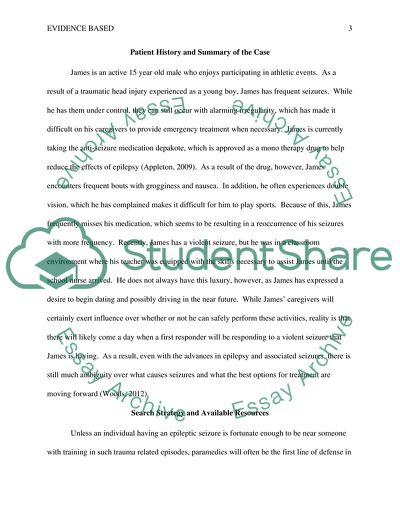Cite this document
(Evidence-Based Practice Essay Example | Topics and Well Written Essays - 1750 words, n.d.)
Evidence-Based Practice Essay Example | Topics and Well Written Essays - 1750 words. https://studentshare.org/health-sciences-medicine/1861928-evidence-based-practice
Evidence-Based Practice Essay Example | Topics and Well Written Essays - 1750 words. https://studentshare.org/health-sciences-medicine/1861928-evidence-based-practice
(Evidence-Based Practice Essay Example | Topics and Well Written Essays - 1750 Words)
Evidence-Based Practice Essay Example | Topics and Well Written Essays - 1750 Words. https://studentshare.org/health-sciences-medicine/1861928-evidence-based-practice.
Evidence-Based Practice Essay Example | Topics and Well Written Essays - 1750 Words. https://studentshare.org/health-sciences-medicine/1861928-evidence-based-practice.
“Evidence-Based Practice Essay Example | Topics and Well Written Essays - 1750 Words”. https://studentshare.org/health-sciences-medicine/1861928-evidence-based-practice.


